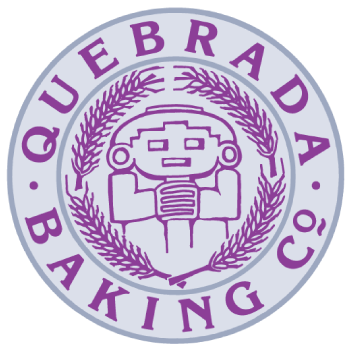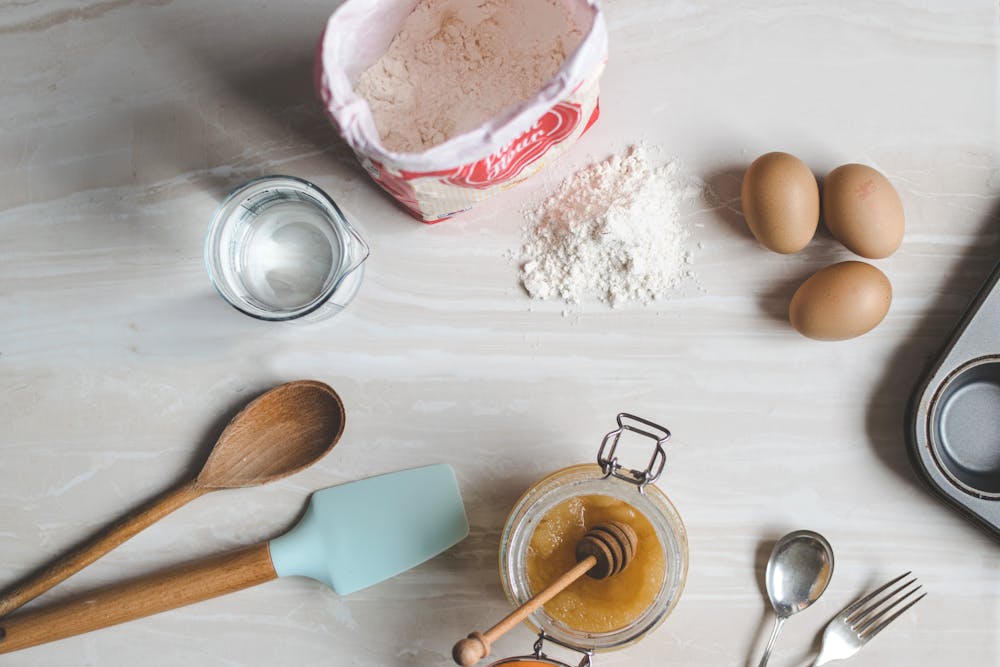Common Baking Mistakes (And How to Fix Them)

Have you ever tried to bake something from scratch before? Baking a cake can be a wonderful, gratifying process. But it can also be difficult and incredibly frustrating, leaving even the most level-headed chef fuming.
For better or for worse, baking is an exact science. This means even the smallest mistakes -- ones you *think* will go unnoticed -- will likely cause the final product to miss the mark entirely. And oftentimes it’s hard to pinpoint exactly what went wrong. You used all the right ingredients, you followed the steps, you didn’t make any blatant mistakes…So, what happened??
Even the most common baking mishaps can be easily prevented with a fundamental understanding of the craft. Keep reading for our list of common baking mistakes (and our tips and tricks to fix them!) to help ensure that your future cupcakes, cookies, or cinnamon rolls turn out perfect every single time!
1. Baking at the wrong temperature
How many times have you looked at a recipe and thought, “I’ll preheat the oven later.” One of the biggest baking crimes is baking at the wrong temperature. Most people don’t realize it, but incorrect oven temperatures can lead to a whole host of baking problems, including unevenly baked cakes and over-baked, crunchy cookies when the recipe is supposed to make chewy ones.
Even if you do preheat the oven in time, there’s a good chance your oven temperature isn’t as accurate as the dial might indicate. Each oven has their own quirks, and each oven will heat differently and often unevenly.
The fix: There are plenty of ways to fix your oven temperature. Aside from preheating the oven in time, install an oven thermometer inside your oven. It will help you determine the true temperature of your oven. You might be shocked to find out the difference! Further, when baking is in progress, avoid opening the door too many times -- this will cause the temperature in your oven to fluctuate (see Tip #3!).
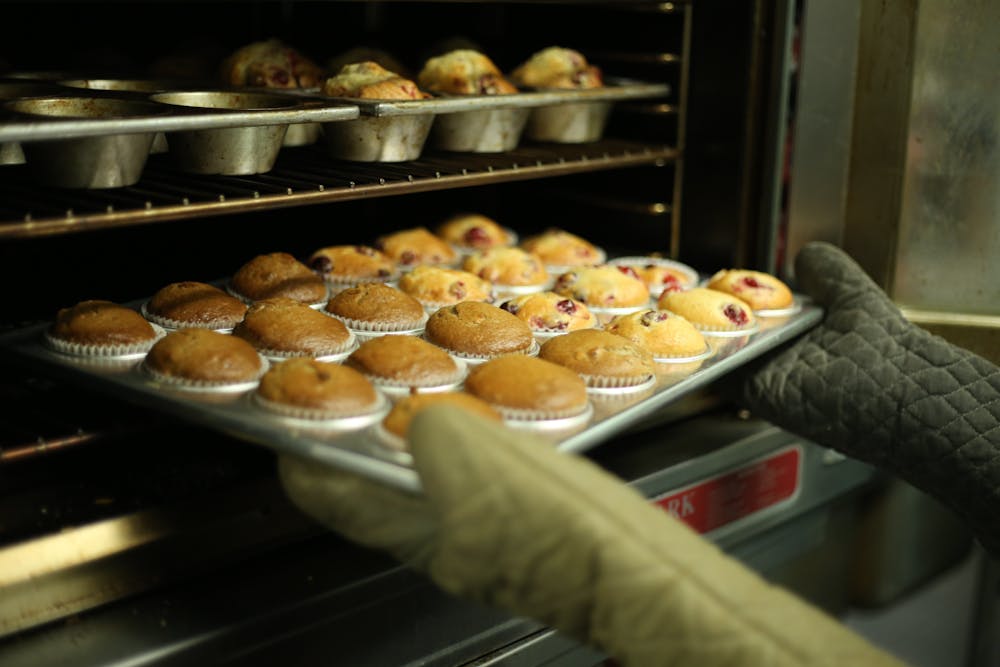
2. Not measuring ingredients
Are you eyeballing the ingredients? Even experienced bakers will often measure out each ingredient by weight. In fact, most ingredient measurements should be precise in order to get the proper chemical reactions. Precise ingredient measurements will also ensure consistent results every time.
The fix: Use metric measurements or a weighing scale to get precise measurements every time!
3. Checking on your items too frequently
Opening the oven too frequently can be detrimental to your baked goods. Every time you pop open the oven, hot air escapes and decreases the oven’s overall temperature. In the meantime, cold air will rush into the oven, completely changing the overall temperature of the oven. You might be risking a collapsed cake or unevenly cooked baked goods. It’ll take a lot of frosting to hide that huge crater in the middle of your cake!
The fix: Don’t open your oven door without a clear purpose! Unless you are rotating your baked goods or checking if everything is done, it’s probably best to check on your baked goods by turning on the oven light and observing through the window.
4. Your ingredients are at the wrong temperature
When a recipe calls for melted butter, or room temperature eggs, it’s important to take note of those details. As we’ve mentioned before, baking is all about precision, and you can’t substitute melted butter for room temperature butter, and vice versa. It might be tempting to throw your ingredients in the microwave, or just use cold butter, but we can promise you that skipping steps will only hurt the final product (trust us -- been there, done that!).
The fix: Read your recipes in advance. If the recipe calls for room temperature butter or eggs, set them out on the counter a few hours beforehand.

5. Your dough isn’t rising
Have you waited a couple of hours, only to find your dough has not doubled in size? If your dough isn’t rising, you may be using dead or expired yeast, OR you may have killed it with too much heat. Baking with yeast can be complicated, especially for newer bakers. After all, it’s a whole different product! When we bake with yeast, we like to activate it first. That means lightly heating up the water, milk, or liquid of choice, adding a tiny bit of sugar (if applicable), and adding the yeast.
The fix: Before baking, make sure to check the expiration date on your yeast to make sure it has not expired. Consider activating your yeast before you mix your ingredients. If your dough is already proofing, consider moving it to a warmer location to help the yeast bloom.
6. Nothing is baking evenly
Not every oven is created equal! The heat within your oven is almost guaranteed to be uneven. Parts of your oven, for example, may have hotter or colder pockets of air. As a result, you may find that your baked goods aren’t coming out of the oven completely baked.
The fix: Rotate your baked goods at least once during the baking process to ensure an even bake.
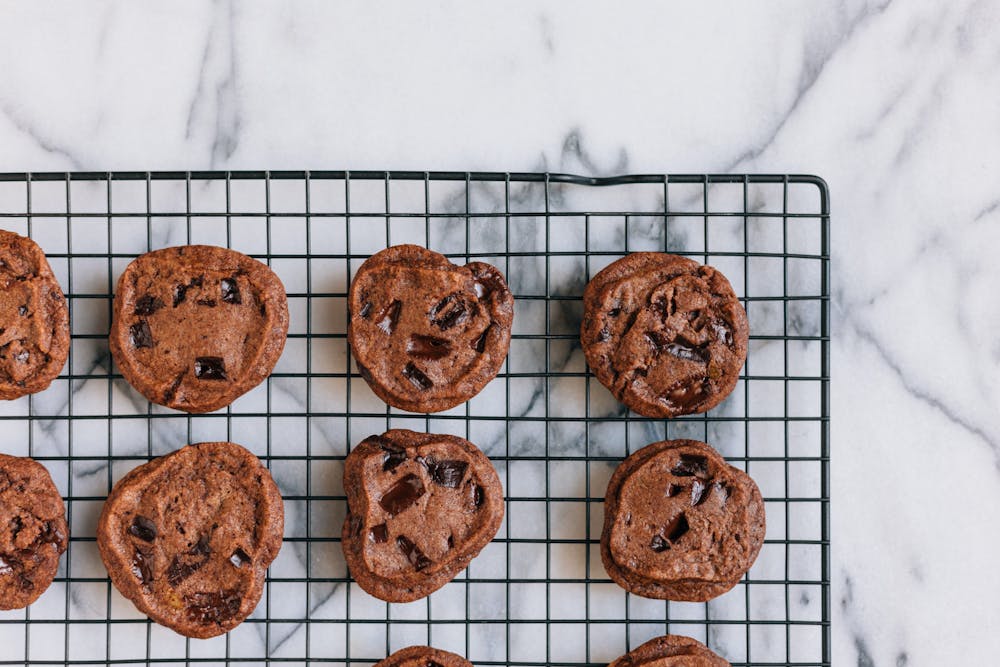
7. Your dough or batter is too tough
Many bakers believe that mixing their ingredients for several minutes, or longer, ensures a better final product. But that couldn’t be farther from the truth! Mixing your dough on high for too long can lead to over-activated gluten, which can in turn lead to a tougher or chewier dough.
The fix: Mix your dough on a slower speed until just combined, unless the recipe states otherwise. Another solution: mix your wet and your dry ingredients together separately, and then combine.
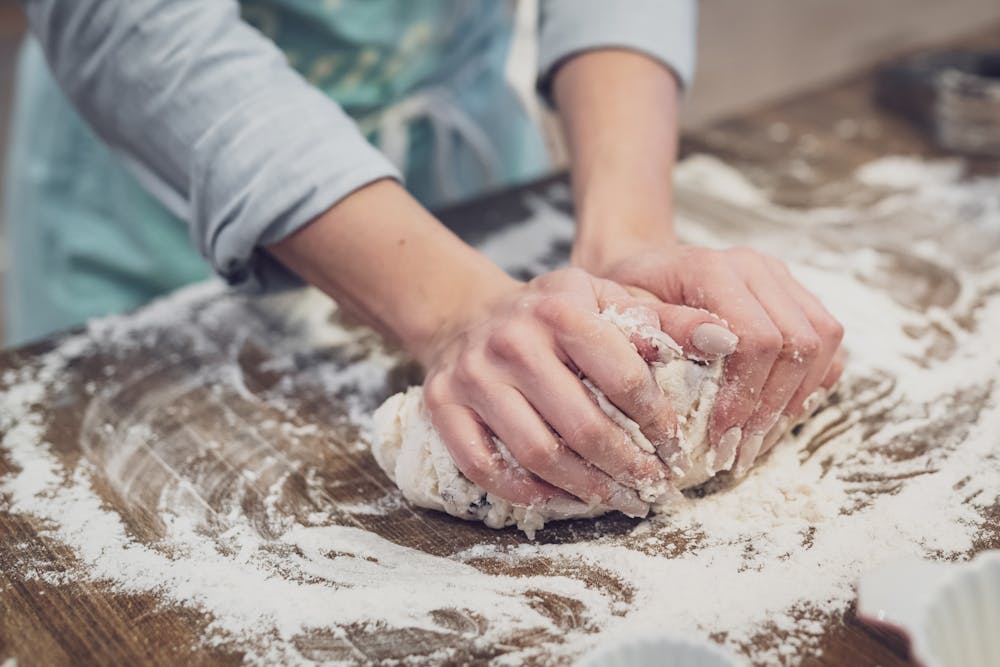
Wrap Up
There’s no doubt about it: baking can be complicated! However, if you understand some of the baking fundamentals and some of the most common mistakes you can make, you’ll be a master in no time! Happy baking! :)
